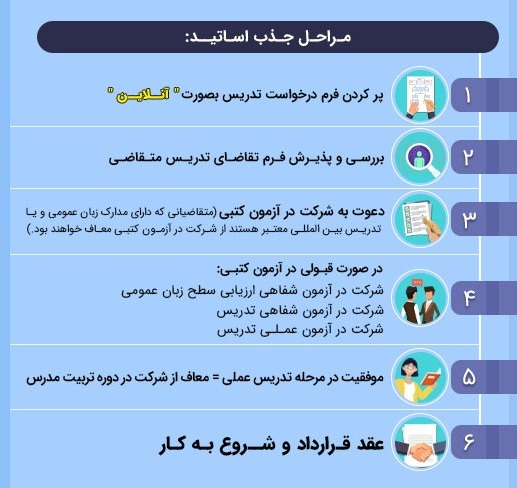Assessment clauses in English
As you know, most constraints describe how or when an action occurs. But what is the role of evaluative adverbs? Why is it also called commenting adverbs? Have you ever heard the name of this constraint? In this article, we are going to explain the application of this adverb.
Evaluation clauses are used differently in English and do not work like other clauses. That is, they express the speaker's idea or belief about a subject, rather than the action itself. These constraints are similar to the constraint constraints we have practiced together in this article. In fact, evaluation clauses change the whole phrase or phrase and enhance the meaning.
Types of evaluation constraints
There are different types of evaluation constraints and they can be divided into different categories based on their application. Some of these constraints provide the reader with information about our definitive opinion. Others add our attitude (negative or positive) to the sentence. Others judge another person's performance. The following table lists the most common evaluation constraints:
Check the types of adverbs in English
Fluency is one of the most important goals of English or any other language learners. Everyone who learns a foreign language or a second language does not want to be a simple beginner and have a few simple sentences.
Also, when you want to talk about the level of your language, you will definitely use an adverb. In the world of English grammar, adverbs are very common in conversation and are used extensively. But because they are unpredictable, they seem confusing and scary to many learners.
Skills skills not only help you speak English better, but also dramatically improve your writing skills.
To remind you more, what is a constraint?
An adverb is a word (or phrase) that describes another word. "Often, the word that describes the adverb is a verb."
Sometimes many people, even native English speakers, confuse "adjective" and "adverb". But as you know, adverbs describe a verb and an adjective of a noun.
In the world of English, there are different types of adverbs, and each has its own rules and exceptions. However, the five most common adverbs in English are manner, time, frequency, place, and degree. In this article, we will introduce you to five types of constraints and express all its do's and don'ts.
Together we read information about each of these adverbs and tell you which part of the sentence you should use each of them. In order to reduce the complexity and difficulty of the discussions, we will only explain the rules and factor in the exceptions, unless they are important and necessary.
Let's begin









